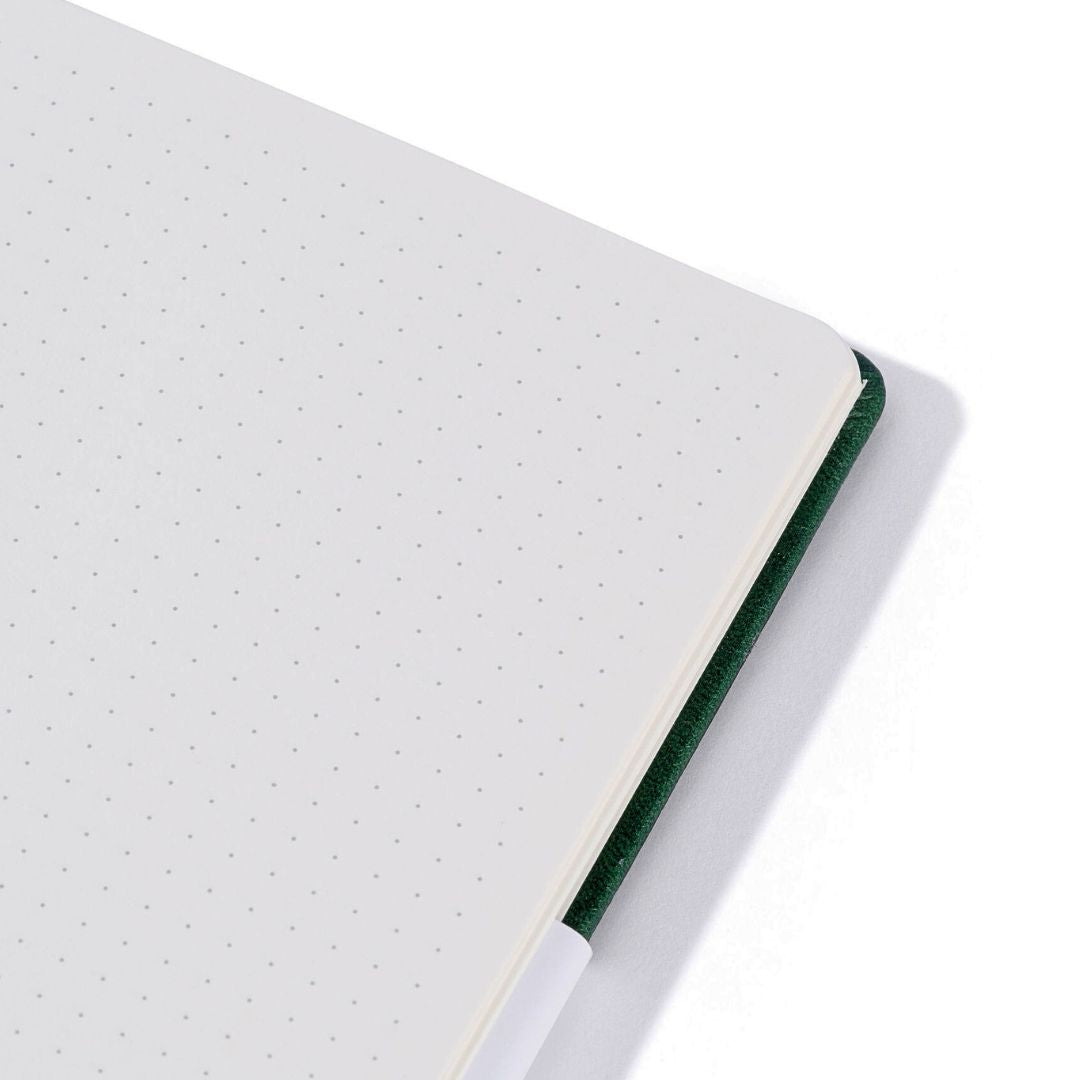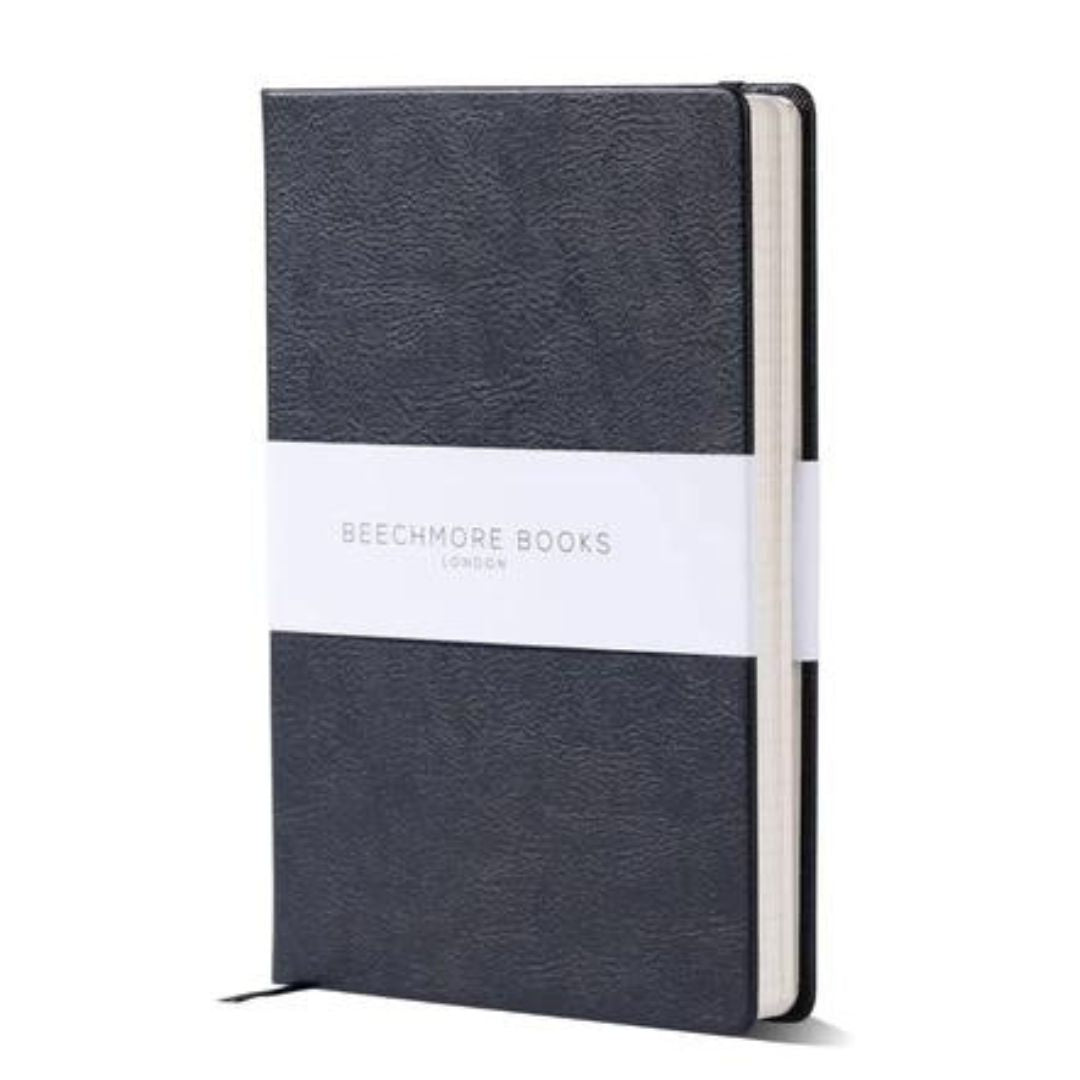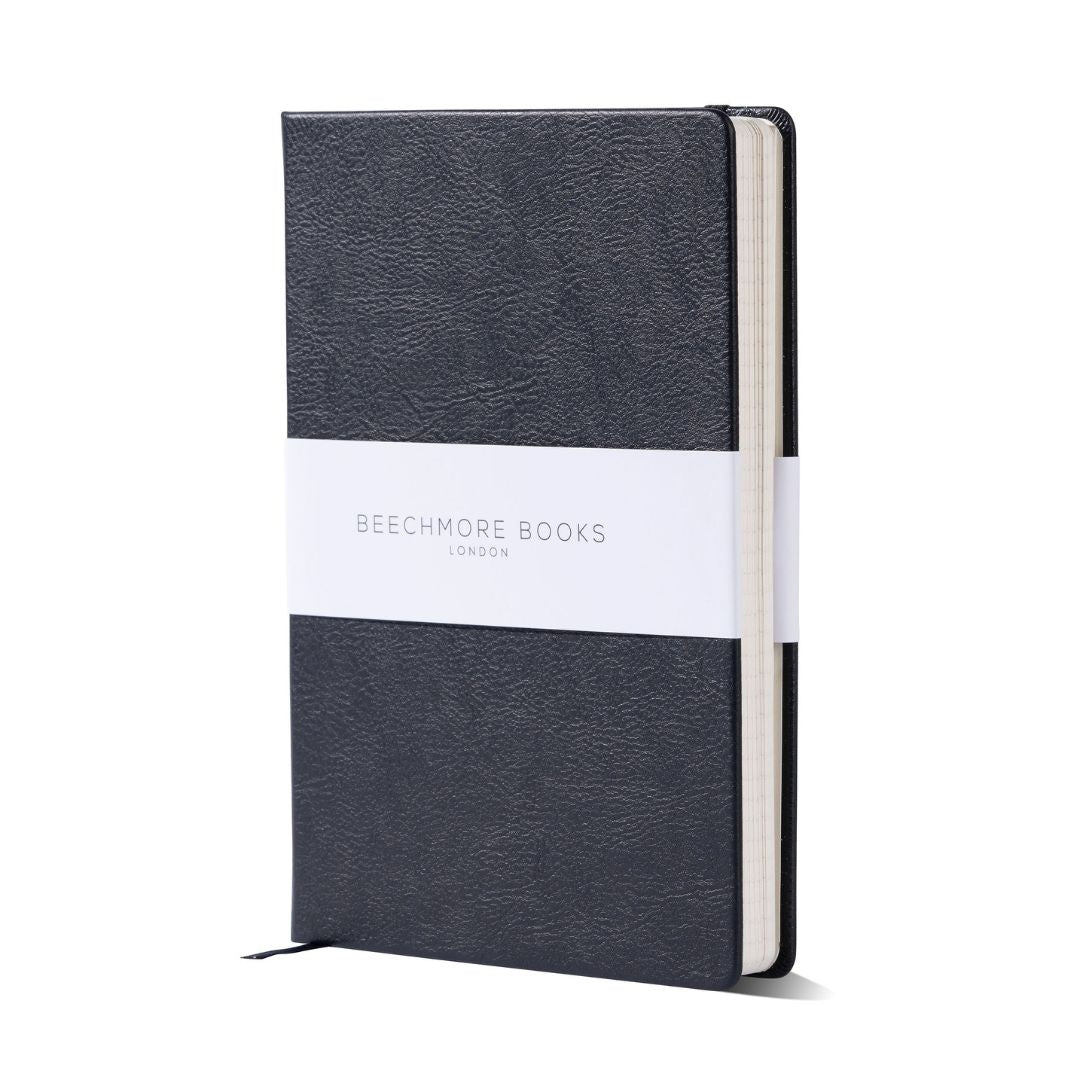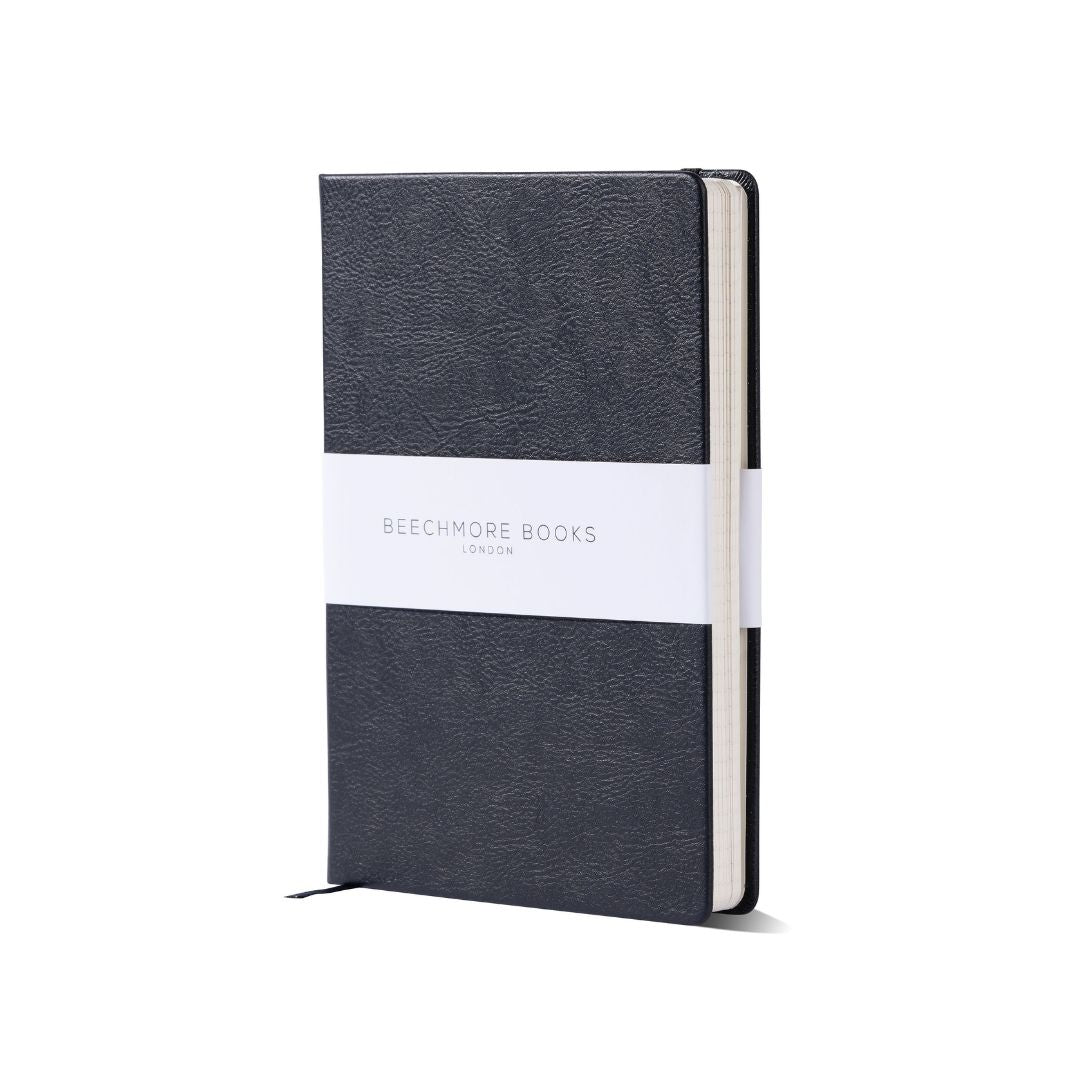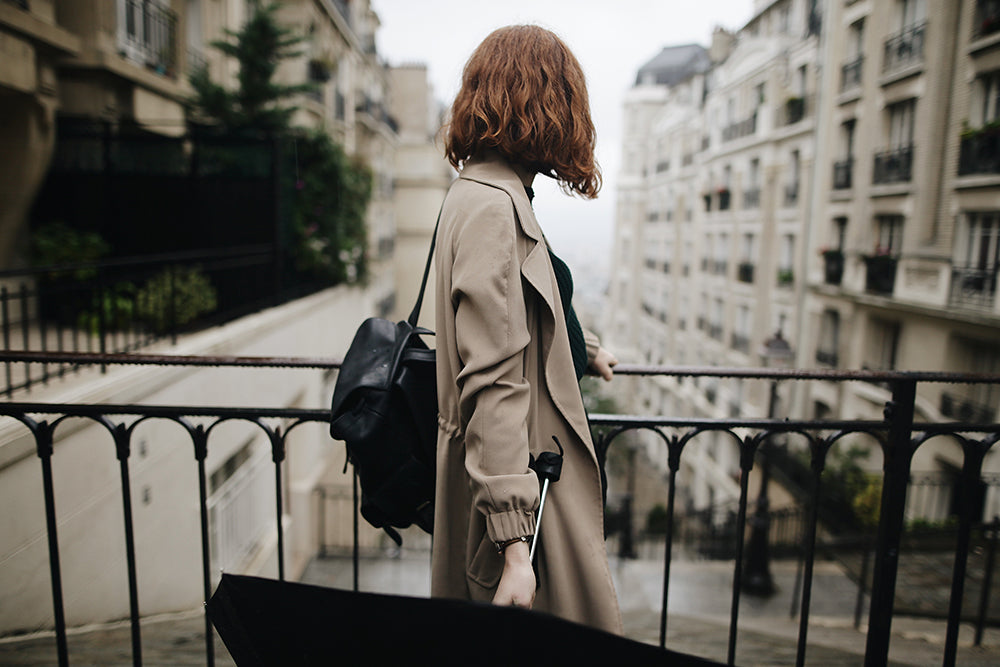Announcement of Results:
Between our two writing competitions, we had well over a thousand entries, and the standard was really high. We are grateful to all writers who submitted work for us to consider.
THE WINNER: Post-Influencism: How Social Media is Shaping Today’s Exhibition Spaces, by Helena Young
FROM THE TEAM: Post-Influencism: How Social Media is Shaping Today’s Exhibition Spaces is such a fresh and thought-provoking piece of writing. There's a tendency in "high-brow" cultural circles to dismiss the role of social media, but this piece takes seriously, and deeply explores in an engaging and lively way, a trend that is radically reshaping how we interact with art. It's a real conversation starter, and we are thrilled to be able to select it for our first place prize.
POST-INFLUENCISM: HOW SOCIAL MEDIA IS SHAPING TODAY'S EXHIBITION SPACES
Helena Young
It feels like a lifetime ago but in February of this year, New York’s Metropolitan Museum of Art unveiled a new $55 million interior for its exhibition of the British Decorative Arts. In a design similar to the set of Downton Abbey’s sixth season, there featured as its centrepiece an ornate and expertly restored neo-baroque staircase from the 17th century, which art enthusiasts could ascend to peer at the displays from around glittering chandeliers and elaborate wall hangings.
The installation was designed to be an interactive experience that brought visitors into the very heart of British history, in all of its intimate flaws, with this impressive backdrop used to showcase nearly 700 works from across the Tudor, Georgian and Edwardian periods. Described as a “design narrative” by Met director, Max Hillein, the installation sought to create an entirely new canvas on which visitors could perceive the surrounding exhibits from, what felt like, the art itself.
But it was also an example of how today’s display rooms are adapting to changes in industry demand. Before the rise of modernism in the 19th century, art would generally be displayed against busy, embellished wallpaper. These were the days of private collections and exclusivity, in which homes were occasionally opened to the public to trumpet their wealth and status. Rows of portraiture and still life were hung abreast to create a visual parade, decorated with delicate gold-lacquered furnishings and various frills.
Then, came a new age of experiment. The art gallery emerged and spaces were stripped back, with earlier excesses muted in favour of stark, cold white, allowing their exhibits to do the talking instead. These were quickly adopted globally to become a staple of museums from London to Sydney, and we became accustomed to galleries acting as the art world’s Switzerland; a neutral zone in which to debate and enthuse.
Now, the minimalist era appears to be ending and with it, the days in which all a designer needed for a successful art show was an abundance of ivory paint and a propensity for LED lighting. Today’s gallery owners must look to engineer something different if they want to draw in today’s twenty-first century crowd.
Social media applications have played an important role in complicating this otherwise well-worn formula. The Hiscox Online Art Trade publication for 2019 found that 75% of art buyers used Instagram to purchase artworks, up from 41% in 2016. The publication and marketing of art is becoming increasingly simplified, leading the role of the gallery as the de facto middleman between creator and consumer to vastly diminish.
Art enthusiasts don’t need to be taken pliantly on a guided tour and delivered a quick breakdown of masterpieces followed by an overpriced tearoom – thanks to the commercial freedom offered by the internet, they can now curate their own journey. Similarly, artists no longer have to beg and borrow to be validated by the powerful New York gallery scene. In only the click of a button, their work can be broadcast to a wider reaching audience than the Met could ever dream of.
All this has meant that in the art world, physical spaces are becoming somewhat redundant. Visitors don’t wish to pay a £10 entry fee just to view Turner’s ‘Fishermen at Sea’ like they could on any old smartphone. They want to interact with, and therefore insert themselves into, the art itself. They desire a uniquely crafted experience that will give them more followers than the pied piper.
Some galleries, such as the Met, have been quicker to recognise the issue for its commercial opportunities. Much praise was given to Beyonce and Jay-Z after their famous ‘Apesh--’ music video was staged inside one of Europe’s most iconic galleries, The Louvre. Less attention was paid, however, to the huge surge in footfall experienced by the museum following its release, when a record-breaking 10.5 million people were said to have crossed its famed marble floors, according to director Jean-Luc Martinez.
London’s National Gallery boasts a long history at the heart of the city’s cultural map, and is a recognisable institution when it comes to interior design with its iconic indigo and carmine walls. The gallery ended June this year with the announcement of a £4 million refurbishment of Room 32, now flaunting a brand new “opulent, gilded space.” Pains were taken to ensure that the original 19th-century decoration was recovered. As Telegraph Art Critic, Alastair Sooke put it: “at a stroke, we are transported to the dazzling interior of a Roman palazzo.” It is hoped, no doubt, that the newly transformed space will be able to engage a 21st century audience with a stand out aesthetic experience; one which must be seen with naked eye, as well as camera lens.
Made-for-Instagram exhibits are clearly becoming the new normal, and it might not be long before galleries begin to invest in a comic-con style event space, inviting ‘Rembrats’ to dress up as their favourite Dutch military leader and recreate The Night Watch complete with a dead chicken.
As always, it’s difficult to predict the end result of such a dramatic alteration to museum operations. Such elaborate new creations could lead to pricey openings and an exclusive guest list, adding to the problems of inaccessibility that currently plague many cultural centres.
However, online art also generates huge levels of engagement, which could potentially allow millions more people to develop an interest in the art world. Plus, after years of stagnant interior design, isn’t it time that those museums, which are dedicated to the creative pursuit, try something a little more – well – creative?
It will be a while before curators are able to say a final goodbye to their beloved minimalist make-ups. But for those of us itching to see something more three-dimensional, it’s time for galleries and designers to think outside of the box; or indeed, the frame.
ABOUT: Helena Young is a Smoggie from the dizzy heights of Middlesbrough, and also a recent English Literature graduate from The University of Manchester. She has always had a huge appreciation for journalism and has experience writing for a number of student news sites.
THE RUNNER-UP: Watching Chekhov in Tehran, by Rebecca Ruth Gould
FROM THE TEAM: Watching Chekhov in Tehran is an intriguing and precise piece of analysis that raises fascinating questions about revision in the arts, and the role of wider cultural context in the effectiveness of staging theatre. The author uses expert comparative skills to bring broader interest to what could have been quite a niche subject, which is exactly the skill of the arts journalist.
WATCHING CHEKHOV IN TEHRAN
Rebecca Ruth Gould
At thirty-five, Ivanov feels aged beyond his years. He is torn apart by his own paralysis. His wife is dying. He is deeply in debt. Revolution is in the air and on everyone’s lips. Ivanov meanwhile cannot decide what to do, either with himself or with his world. He used to love his wife, yet does nothing to prevent her from dying. Mainly, Ivanov’s problem is that he doesn’t know what he wants. He is paralyzed by his own apathy. He is the stereotypical intellectual, the superfluous man of nineteenth century Russian literature in an age that has no use for intellectuals. Such is the plot of Anton Chekhov’s first commercially successful play, Ivanov (1887). It has more global appeal than this casual summary suggests.
Although set in nineteenth century Russia, Ivanov, has had a profound resonance in twenty-first century Tehran thanks to Iranian playwright Amir Koohestani (b. 1978). Staged in Tehran in 2011 and 2016, Koohestani’s Ivanov generated much interest among the theater-going public. Performances were sold out and reviews were overwhelmingly positive. I attended the production during a visit to Iran in 2016. Two weeks after watching Ivanov in Tehran, I saw an adaptation of Ivanov at London’s National Theatre by playwright David Hare. Subsequently, I read each version, by Chekhov, Hare, and Koohestani, respectively, in their original languages, and was struck by the radical differences between each story, particularly in regards to gender.

[Playbill for Iranian Production of Ivanov, August 2016.]
Chekhov’s Ivanov exists in two versions. The first, performed in 1887, was widely reviled as a “disgusting mess” in early reviews. A second heavily revised version was performed in 1889 to great acclaim. Unlike many productions, including Hare’s, Koohestani does not follow the second version of the play, which ends with Ivanov committing suicide. Instead, he takes his cue from the first version, in which Ivanov dies of a heart attack on his wedding day. On that basis, Koohestani crafts his own dénouement, and concludes without any deaths. Ivanov’s suicide has been criticized as clichéd and melodramatic, but the decision to dispense with it entirely represents a bold departure from the canonical version.
Alongside Tartuffe and Don Quixote, Chekhov’s play exists in an intertextual relationship with another figure from world literature who symbolizes futility: Hamlet. Ivanov invokes Hamlet on two occasions during his conversations with Sasha, a young woman with whom he has begun a surreptitious love affair while his wife Anna approaches death. In Chekhov’s text (and Hare’s version), she is dying from tuberculosis, an archetypal nineteenth century disease. Koohestani assigns her the contemporary equivalent: cancer. To Sasha’s insistence that “love alone can help you,” Ivanov replies by focusing on his self-contempt. “There are men,” he says, “I’ve met them, men who long to be Hamlet, it’s all they want, to play the outsider, the superfluous man. To them it’s glamorous…To me, it’s failure.” In the final act, just before he kills himself, Ivanov returns to the same theme in his conversation with Sasha: “We’ve been acting. I’ve been playing Hamlet and you’ve been playing the missionary…Performance over!” Although education sets such modern Hamlets apart from their surroundings, it also leads them into a condition of hopelessness. In a lengthy monologue, Ivanov laments: “I spend days and nights in idleness, in doing-nothingness, my mind, my body in permanent revolt…I have no hope, no expectation. My sense of tomorrow is gone.” He then laments his lost love for his wife, and his indifference to her illness.
While the men in Ivanov are listless and unproductive, the women also operate in a context of limited life options. Yet, it is in the domain of women’s agency that the Iranian version diverges most sharply from its Russian and British counterparts. Strong though she is, the Russian-British Sasha can only envision living for love. The Iranian Sasha rejects this gendered paradigm. The Russian-British Sasha declares to Ivanov her readiness to sacrifice everything for love. “For men, love is just how-are-you-darling?” the Russian-British Sasha declares, “It’s just a stroll in the garden. One day, it will be a few tears at the graveside. But for us? No, it has to be life itself. If you climb a mountain, I’ll climb with you. Jump over the cliff: I’ll jump.” Sasha gives voice to a kind of strength in these words, but hers is a stereotypically feminine strength that has been coercively aligned with weakness. Even her father perceives the limitations of Sasha’s proposed sacrifice. When Sasha insists that it is her “job in life” to understand Ivanov, her father retorts: “That’s not a calling. It’s a prison sentence.”
In rejecting the second version which ends in Ivanov’s suicide, Koohestani clears a space for a different, uniquely Iranian, Sasha. As a result of the changed plot, the concluding drama is given over to Sasha in the Iranian version, not to the lackluster Ivanov. Once it has been determined that they will not marry, Ivanov asks Sasha where she plans to go. Evading his quest for specifics, she states that she is leaving generally. Unsatisfied, Ivanov probes further. He asks her whether she is leaving “this home, this city, or this country.” Sasha responds elliptically to Ivanov’s interrogation. “Away from you,” she says simply to Ivanov’s repeated entreaties. Sasha repeats this phrase a few minutes later, and the play draws to a close. As the scene acquires momentum, the Iranian Sasha becomes the star of the play.
As the curtain fell at the end of the performance I attended in the summer of 2016, the audience erupted in a standing ovation. As Koohestani has emphasized repeatedly in interviews, his Ivanov was composed in the shadow of the suppressed Green Movement that aimed to democratize Iran in 2009, in part by focusing on women’s rights. While neither the playwright nor the audience could rewrite the script of Iranian political history in a single performance, they could rewrite Chekhov, and in doing so, outline a path for women’s liberation.
ABOUT: Rebecca Ruth Gould is the author of the poetry collection Cityscapes (2019) and the award-winning monograph Writers & Rebels (2016). She has translated many books from Persian and Georgian, including After Tomorrow the Days Disappear (2016), The Death of Bagrat Zakharych and other Stories (2019), and High Tide of the Eyes (2019). A Pushcart Prize nominee, she was awarded the Creative Writing New Zealand Flash Fiction Competition prize in 2019.


